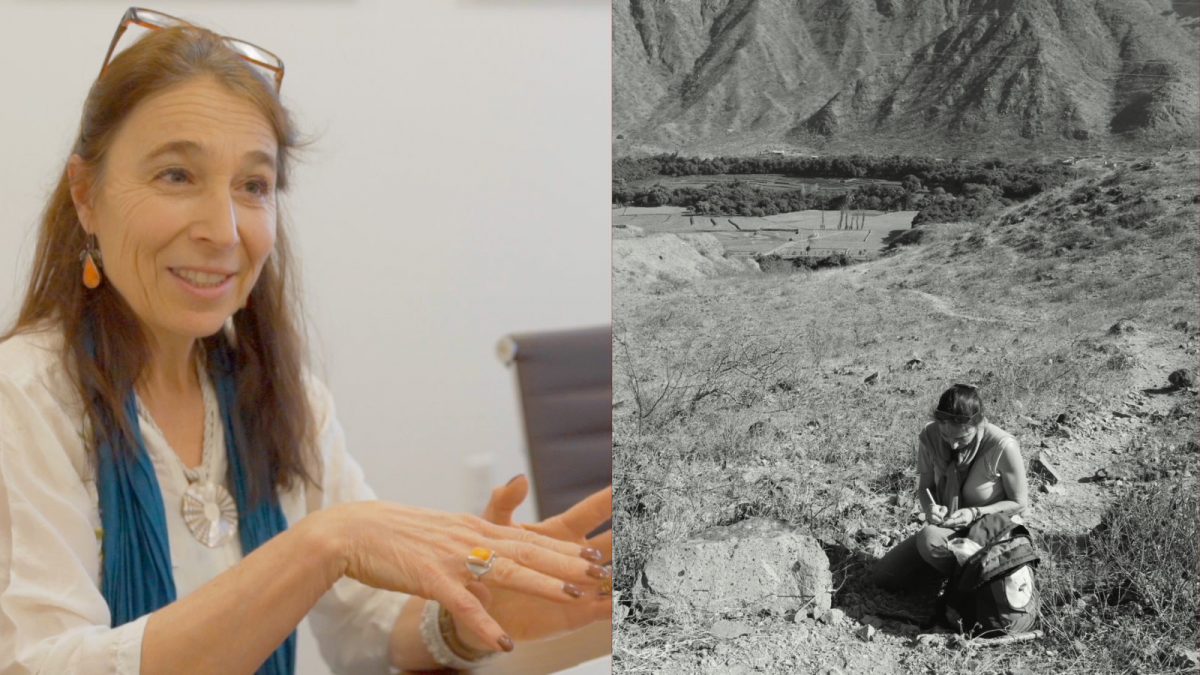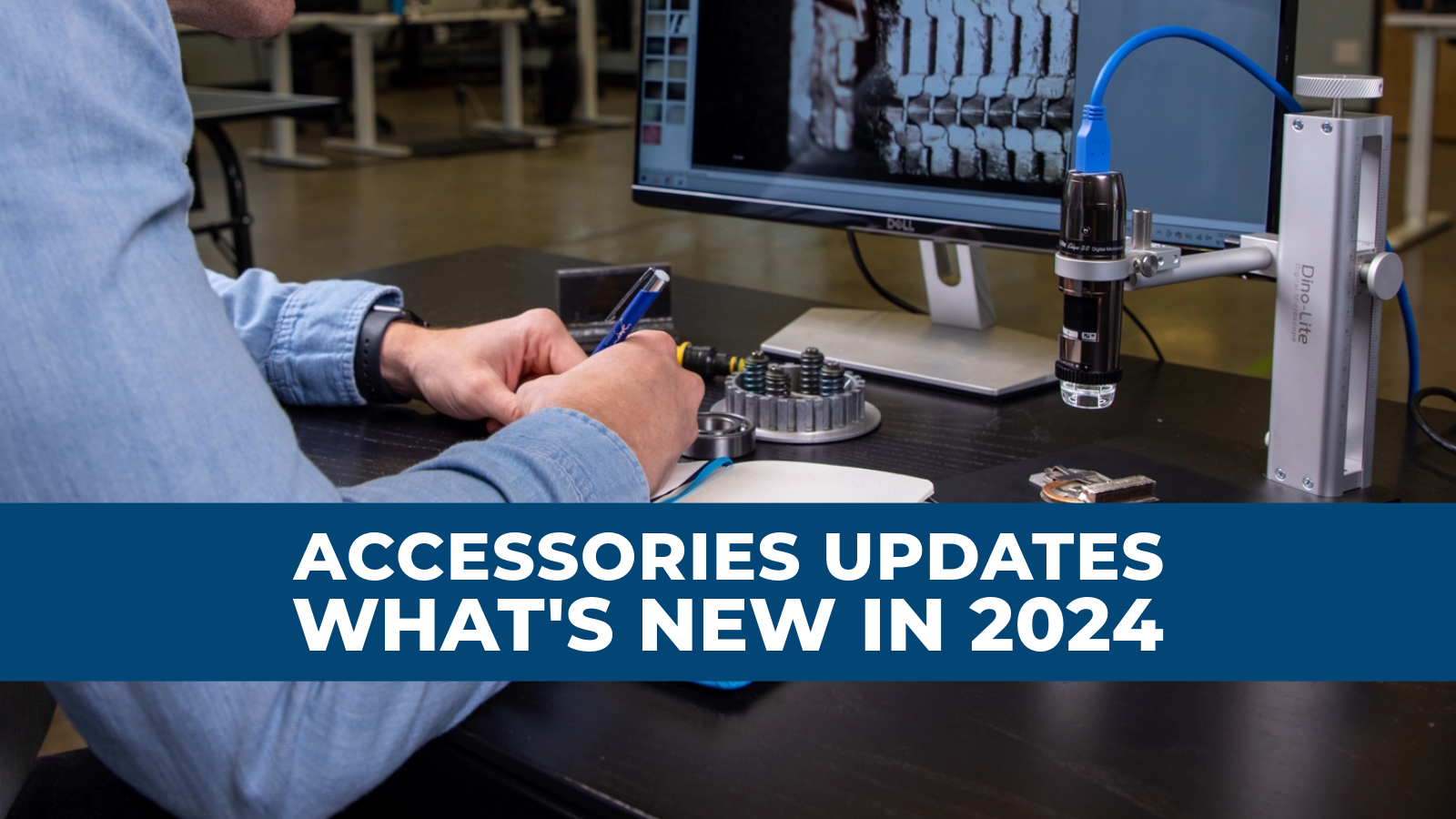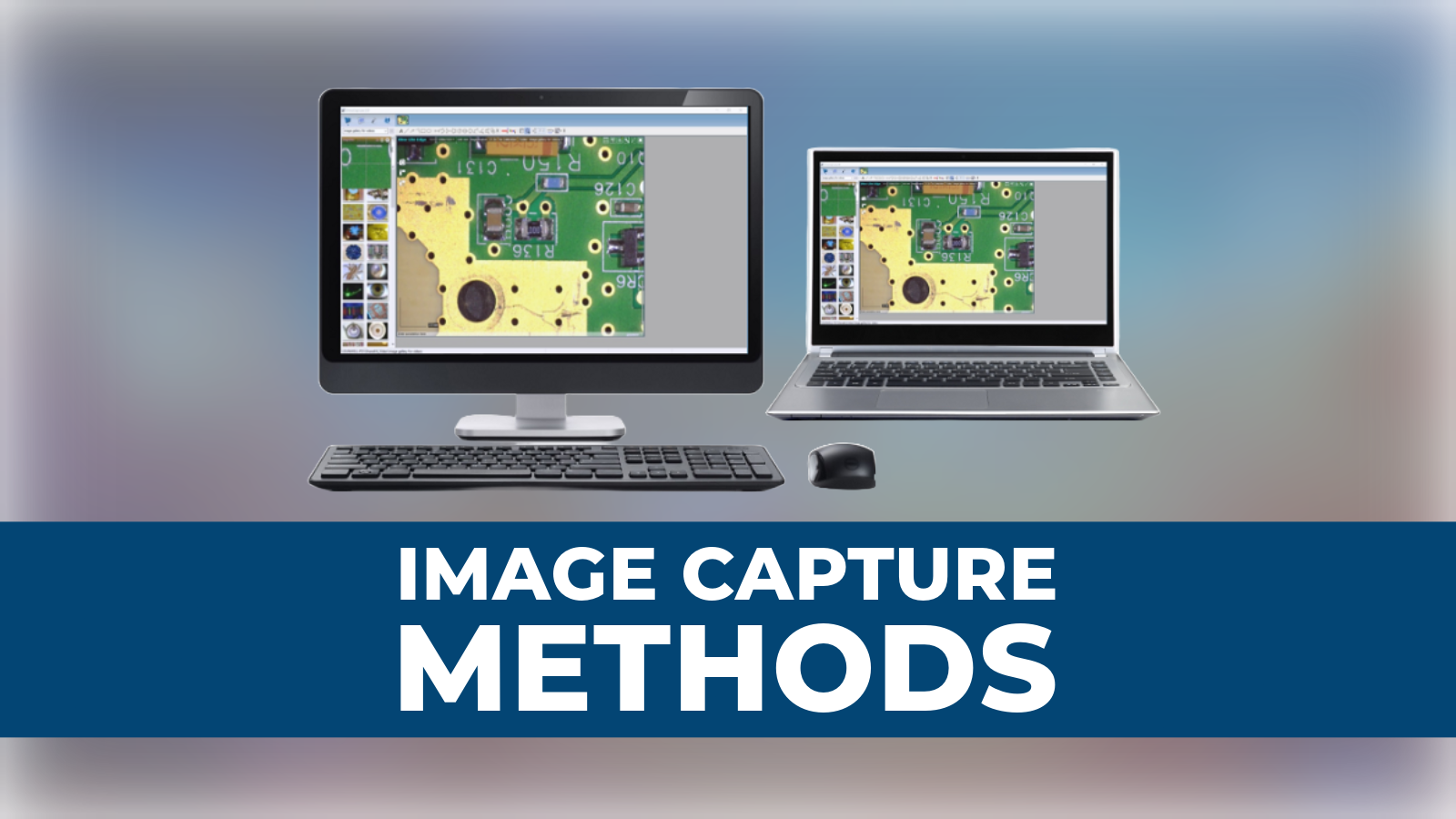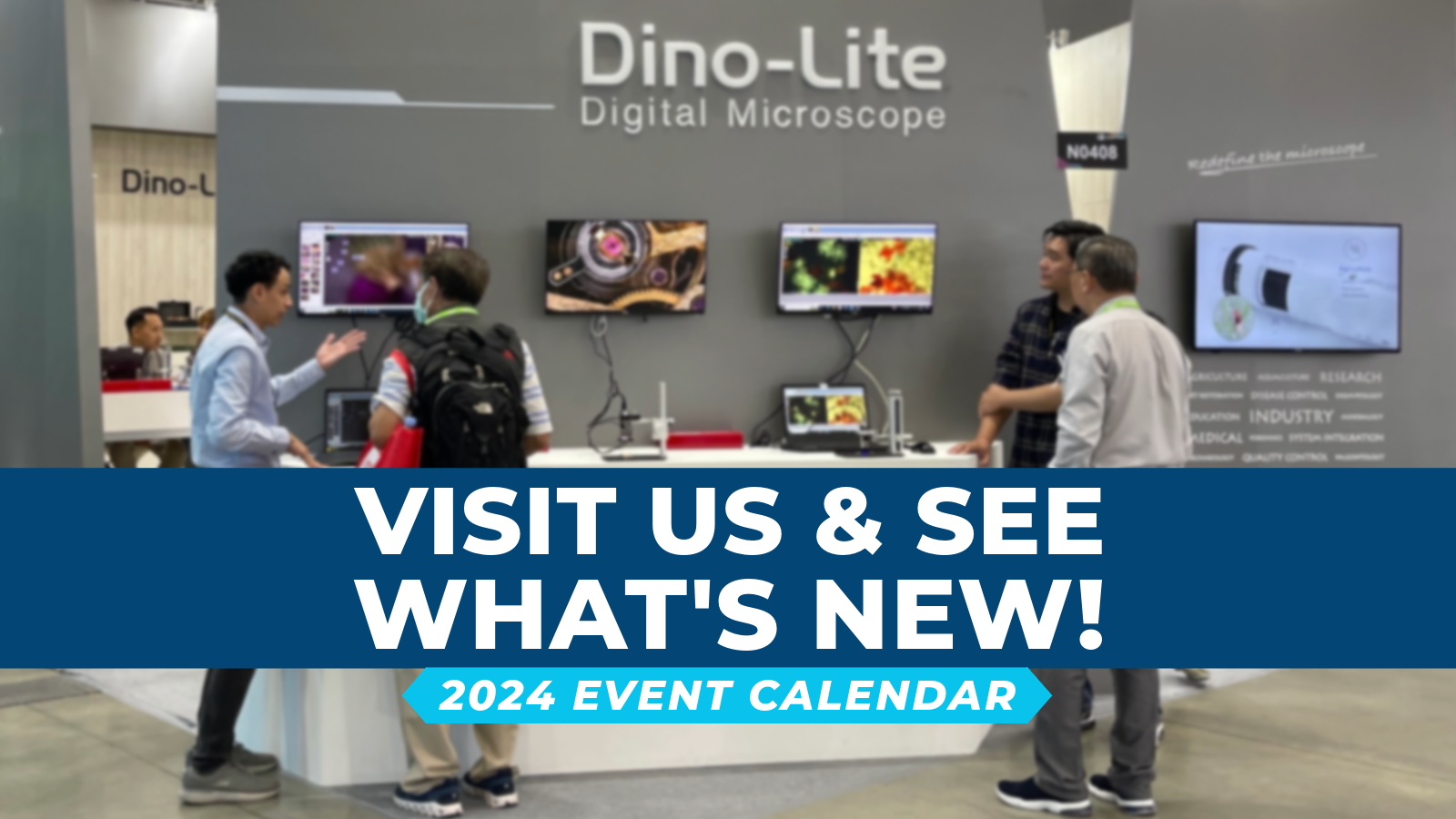Guest Post from: Isabelle Druc, PhD
UW-Madison and Field Museum
Dr. Isabelle Druc wrote the book “Portable Digital Microscope: Atlas of Ceramic Pastes – Components, Texture and Technology” and works in ceramic analysis with a specialization in petrography and paste analysis, ethnoarchaeology, ceramic ethnography, and archaeology with a focus in Andean archaeology.
Dr. Druc’s new book is available now, you can purchase it using this link (Amazon)
See more of Dr. Isabelle Druc’s research (Academia.net)
The images below and accompanying text were provided by Dr. Isabelle Druc.
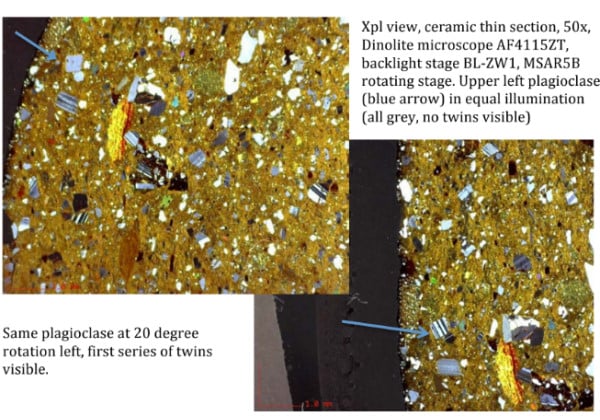
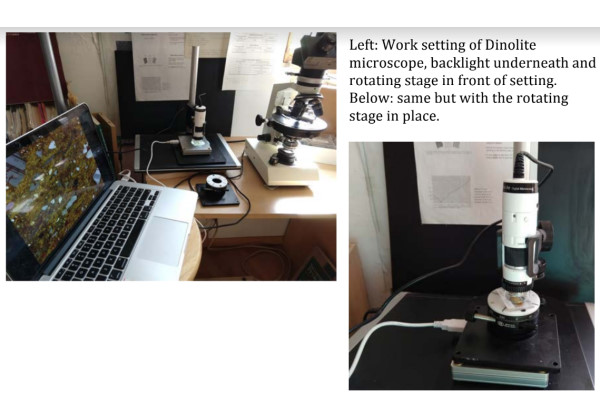
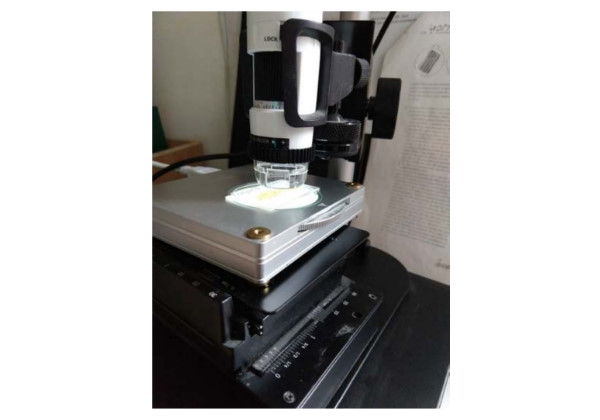
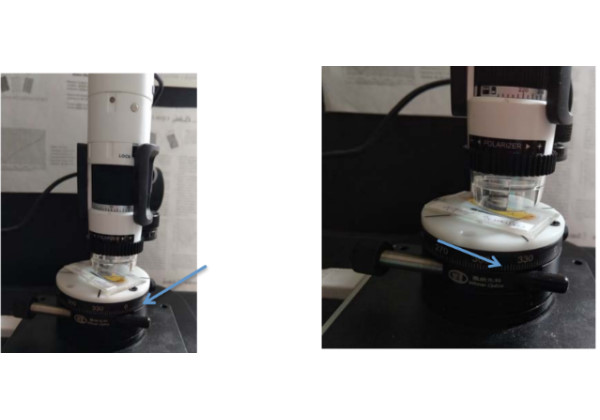
The MSAR5B can be used to measure extinction angles of minerals, like plagioclase’s twins for example, or of amphiboles, when studying rock or ceramic thin sections.
For this, and to conduct petrographic analysis of ceramic thin sections, I use my Dino-Lite microscope and a backlight stage polarizer (BL-ZW1 / BL-ZW2) to work in transmitted light (you need to shut off the light coming from the ‘top’, from the microscope, so as not to be in reflected light mode).
I use that setting a lot (Dino-Lite scope + backlight stage), as I mostly work with thin sections. Although I have my regular home transmitted light polarizing microscope, it is very useful to be able to take pictures of the thin sections at lower magnification than with the 4x-10x-20x objectives of usual microscopes. The lower magnification allows for a wider view to grasp and illustrate technological aspects of pottery manufacture as highlighted by granulometry, and grain and void distribution and orientation. When traveling or working abroad doing field or lab work, the Dino-Lite, the backlight, plus a stand are what I take with me.
Now, if you do not have access to a regular microscope, and this pandemic year(s) strongly limited access to labs, and if you need to measure extinction angles to identify the types of plagioclase or amphiboles you are dealing with, then the MSAR5B is useful.
You need to have some expertise, but can easily acquire it with practice. The trick is to recenter the grain or mineral you are looking at, as the rotating stage is not really centered and the field shifts.
Work at low mag (50x for ex) and keep your eye on the plagioclase (or other mineral) you are measuring the angle of. It will move when you rotate the platform x degrees, but should still be in your field of view. You can also move the platform at the same time you rotate it to keep the crystal at the center, in particular when working at high mag (e.g. 200x with your Dino-Lite microscope) as the mineral will get out of sight fast. If you know your plagioclase angles (e.g. those with small angles vs large angles) you can guesstimate the type of plagioclase by simply rotating the wheel of the backlight stage that allows you to slowly move from plain polarize to cross polarize light (which allows you to see crystal extinction but not to measure the exact angle).There is also a multifunctional XY movement platform (MS15X-S2) that you can use along with the Dino-Lite scope to move your sample or thin section along a X or Y line, without jerking it.
It could be used for point counting analysis or other precise work. It works better when just using a Dino-Lite in reflective light, looking at a sample but not a thin section, because your ‘structure’ is less bulky and the stage moves easily along the X or Y axis. But it can work.
